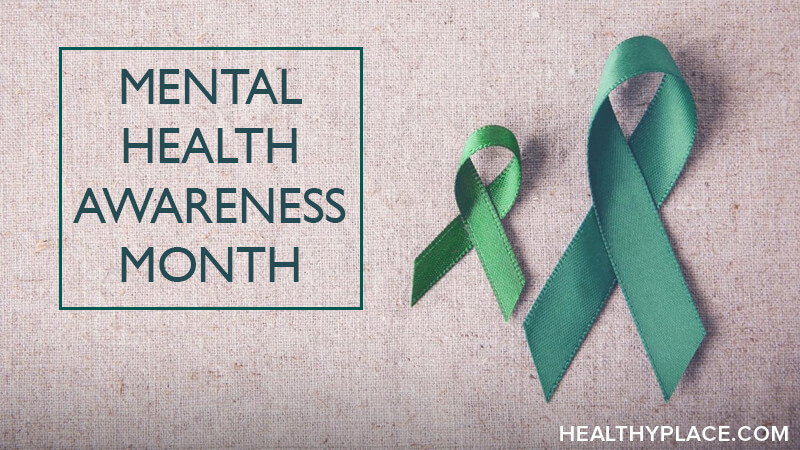Understanding Anxiety for Mental Health Awareness Month

Let's shed some light on understanding anxiety to celebrate Mental Health Awareness Month. After all, anxiety affects everyone. Every human being on this planet, across cultures, genders, age groups, socioeconomic groups, and all other groups of people, experiences anxiety. To be sure, not everyone has an anxiety disorder, but anxiety itself is part of the human condition. Therefore, it makes sense that during Mental Health Awareness Month we increase our understanding of anxiety. By doing so we celebrate. We celebrate being human and having the ability to take charge of our mental health despite anxiety.
The Info You Need for Understanding Anxiety
Understanding anxiety starts with the facts. Anxiety is complex. It takes many forms, and it affects people in different ways. Some facts about anxiety:
It can be good. It can motivate. It can ensure we survive by kicking the fight-or-flight response into gear when necessary.
When you feel anxious but can continue with your life as usual, you don’t meet the criteria for an anxiety disorder.
There’s a difference between a panic attack and an anxiety attack. Panic attacks happen out of nowhere (there’s probably a trigger, but it’s not obvious), or because someone is anxious about having another panic attack. Anxiety attacks, on the other hand, occur in the context of a worry, fear, or very stressful situation.
Obsessive-compulsive disorder (OCD) was classified as an anxiety disorder until 2013. Now it has its own section in the Diagnostic and Statistical Manual of Mental Disorders (DSM-5), but it still has a very significant anxiety component. Obsessions, or thoughts, are anxiety-provoking. Compulsions, or behaviors, are things done to reduce the anxiety.
Separation anxiety disorder is often thought of as a disorder just for kids, such as young children who become upset when they have to be away from their parents or caregivers. Adults can actually have separation anxiety, too. It often happens in times of transitions or periods of adjustments.
Social anxiety involves an intense fear of being judged and/or of embarrassing oneself in front of others. It has nothing to do with being an introvert or an extrovert. Introversion and extroversion are personality traits that have to do with where someone gets his or her sense of energy (from within themselves or from being with others). Both introverts and extroverts can have social anxiety.
A specific phobia is an intense fear of something, some place, or some situation. The fear is so gripping that people cannot get around it. People with specific phobias know that their fear is irrational, but they’re stopped by it anyway.
All anxiety can stop people from moving forward. The reason people can’t move past any type of anxiety, at least at first, is because anxiety is all-encompassing:
- It operates at the neurochemical level of the brain, and many different regions of the brain are at work in anxiety
- It can take over our thoughts
- Anxiety is also a powerful emotion
- It tries to control our actions
Being aware of the nature of anxiety and anxiety disorders during Mental Health Awareness Month and beyond is empowering. It leads to increased awareness of the nature of anxiety. Knowledge is power, and armed with knowledge, you can beat anxiety.
Next time, we’ll increase awareness about overcoming anxiety. It’s part of the Mental Health Awareness Month celebration.
In the meantime, what do you want people to understand about anxiety to raise awareness? Share your thoughts in the comments.
APA Reference
Peterson, T.
(2018, May 1). Understanding Anxiety for Mental Health Awareness Month, HealthyPlace. Retrieved
on 2024, April 19 from https://www.healthyplace.com/blogs/anxiety-schmanxiety/2018/05/anxiety-awareness-for-mental-health-awareness-month
Author: Tanya J. Peterson, MS, NCC, DAIS
This is such a wonderful read. I particularly love to see that introverts AND extroverts can have social anxiety, so common for people to think that only the former experience this. So helpful to understand how truly all-encompassing anxiety can be, this is a big one. It's not just a little blip, it can feel like a huge hold and block.
Before I read this article, I thought I knew everything there was to know about anxiety. But I was wrong. Thank you for this informative post! :)